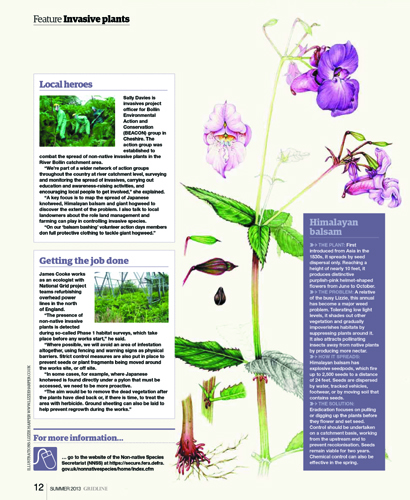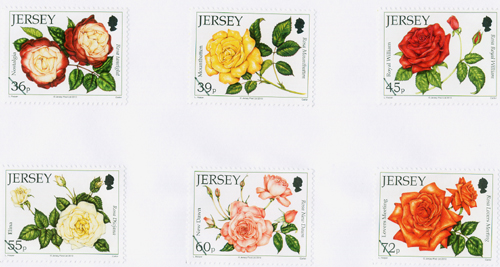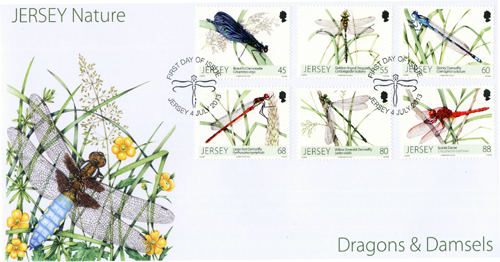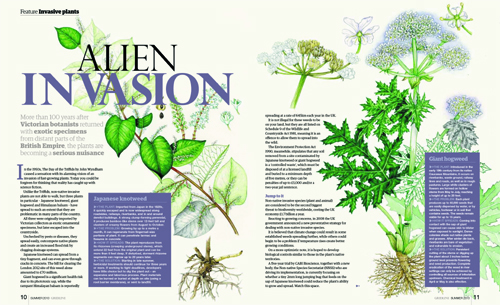Natural History Illustration in context: Published work

Where my illustrations are published
Most of the natural history illustrations I do are for use in published form. They appear in books or magazines. They’re published on interpretation or visitor boards at zoos, nature reserves or aquariums. They’ve been used on packaging of such diverse things as CDs and mugs. It’s always a treat to see the illustrations in context, and helps make more sense of them. Here are some examples.
Postage stamps
First up is stamps. These sets are done for Jersey Post. It’s tricky designing stamps as you have to be responsible for the layout as well as the illustrations. This means leaving room for the text, price, and queen’s head.


The excitement of seeing your pictures on real stamps takes some beating. I know I shouldn’t still get a thrill from these things, but I do. The idea of my little dragonflies zipping all around the world on letters makes me very happy. For more on the dragons and damsels stamp issue, take a look at my blog.
Illustrations published in magazines: Waterlife
Artwork done for magazine articles is another time a published picture makes far more sense than the lone illustration. Below is an illustration of someone “candling” an egg, to see if the duck embryo inside is viable.

And here it is in context; in Waterlife Magazine (the magazine of The Wildfowl & Wetlands Trust). You can also see the other illustrations for the article, and the text. It looks far less peculiar.

Work published in magazines: Gridline
Gridline Magazine is produced by the National Grid for its stakeholders, land owners and partners. They commissioned me to do a series of three sketchbook style illustrations for its summer 2013 issue. The article related to controlling invasive weeds in water-courses. While each illustration had some merit in its own right, when put into context in the article it vastly improves them.


As an illustrator, seeing your work reproduced is satisfying, and a good way of making sure you’re on your mettle and still producing a product which is fit for purpose.
Commissioning work to be published
Commissioning illustration must be hard. So much work now only appears in (flattering) digital format online. To tell the truth it’s only when you see illustrations reproduced in print, in the context that they’re intended for, that you can tell the true quality of the illustrator.
This is one reason why I urge any commissioning client, or aspiring illustrator to consult (or advertise in) printed annuals of illustrations. There are many out there (and most also present their artists’ work online as well); some of the best are Contact, AOI Images, and (for USA markets) the Medical Illustration Sourcebook.

